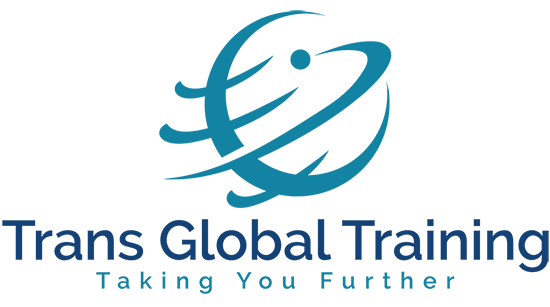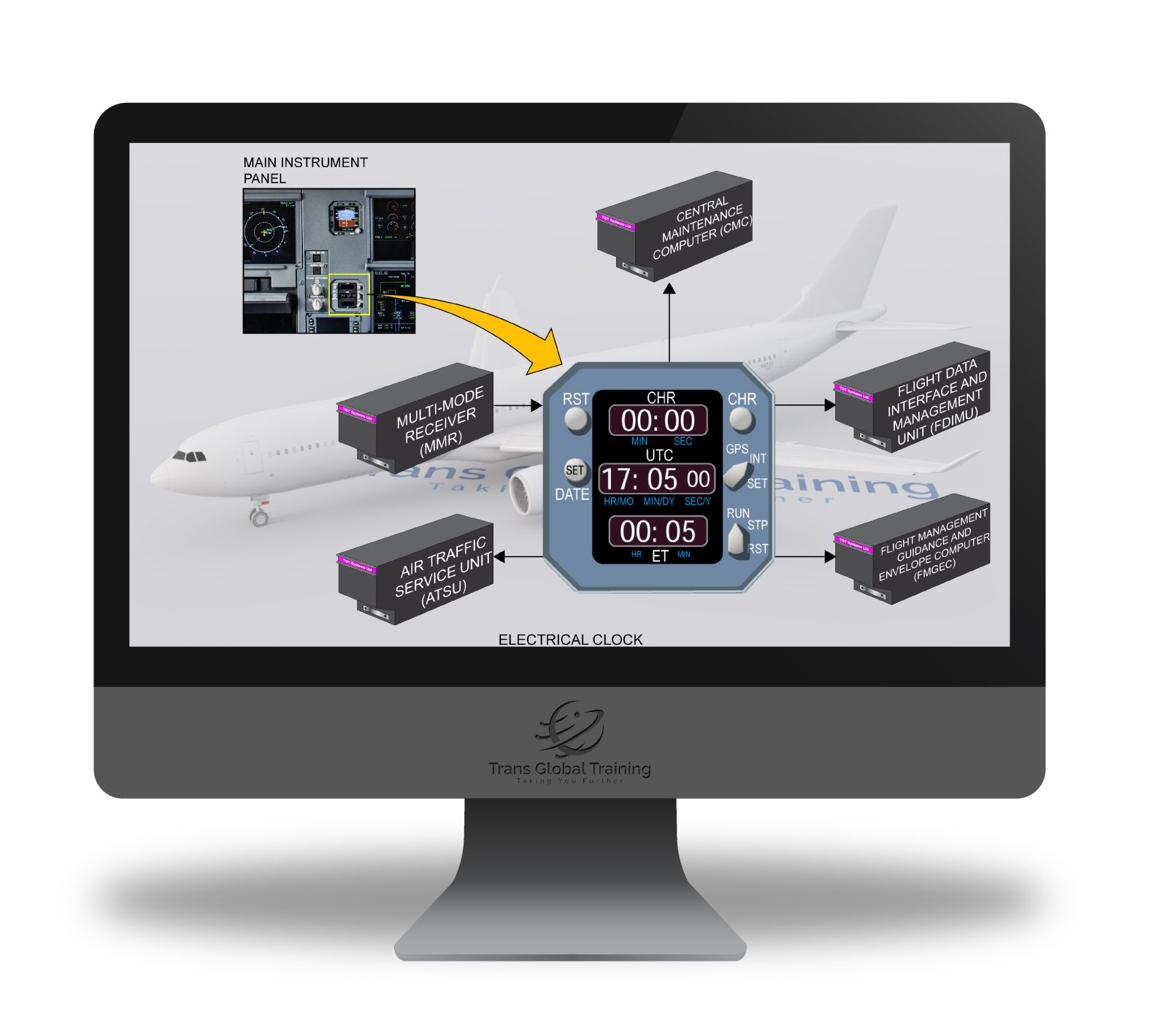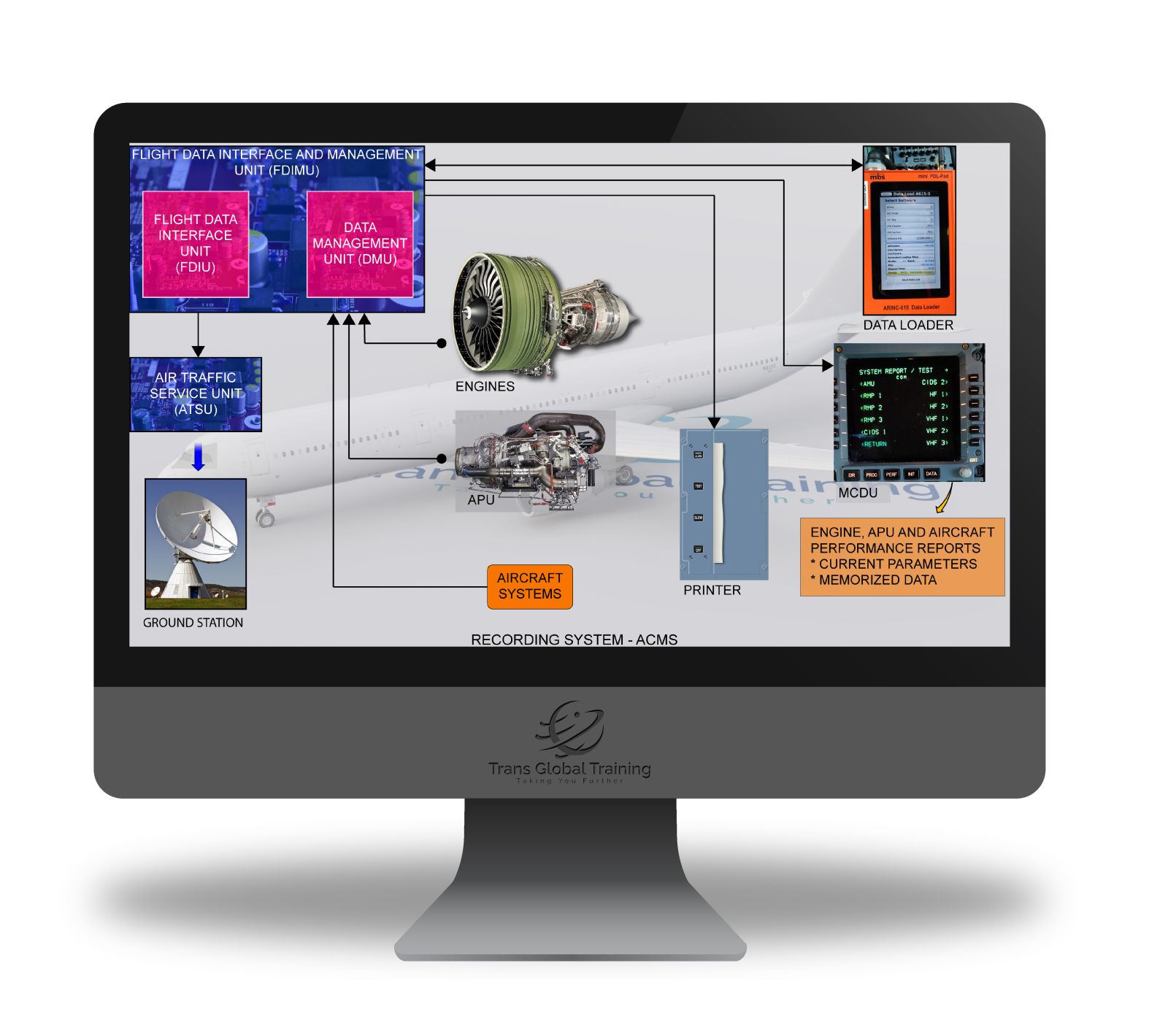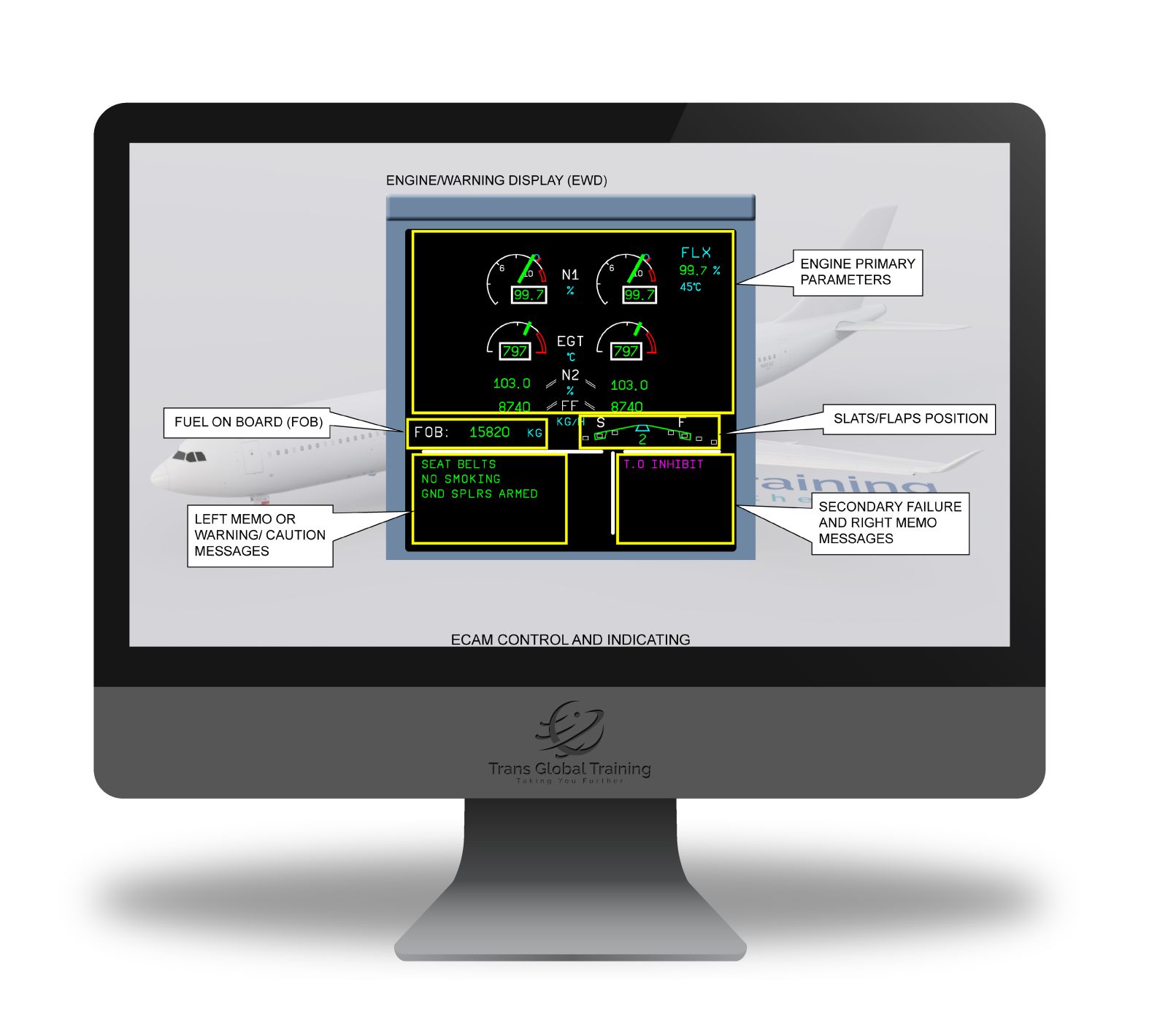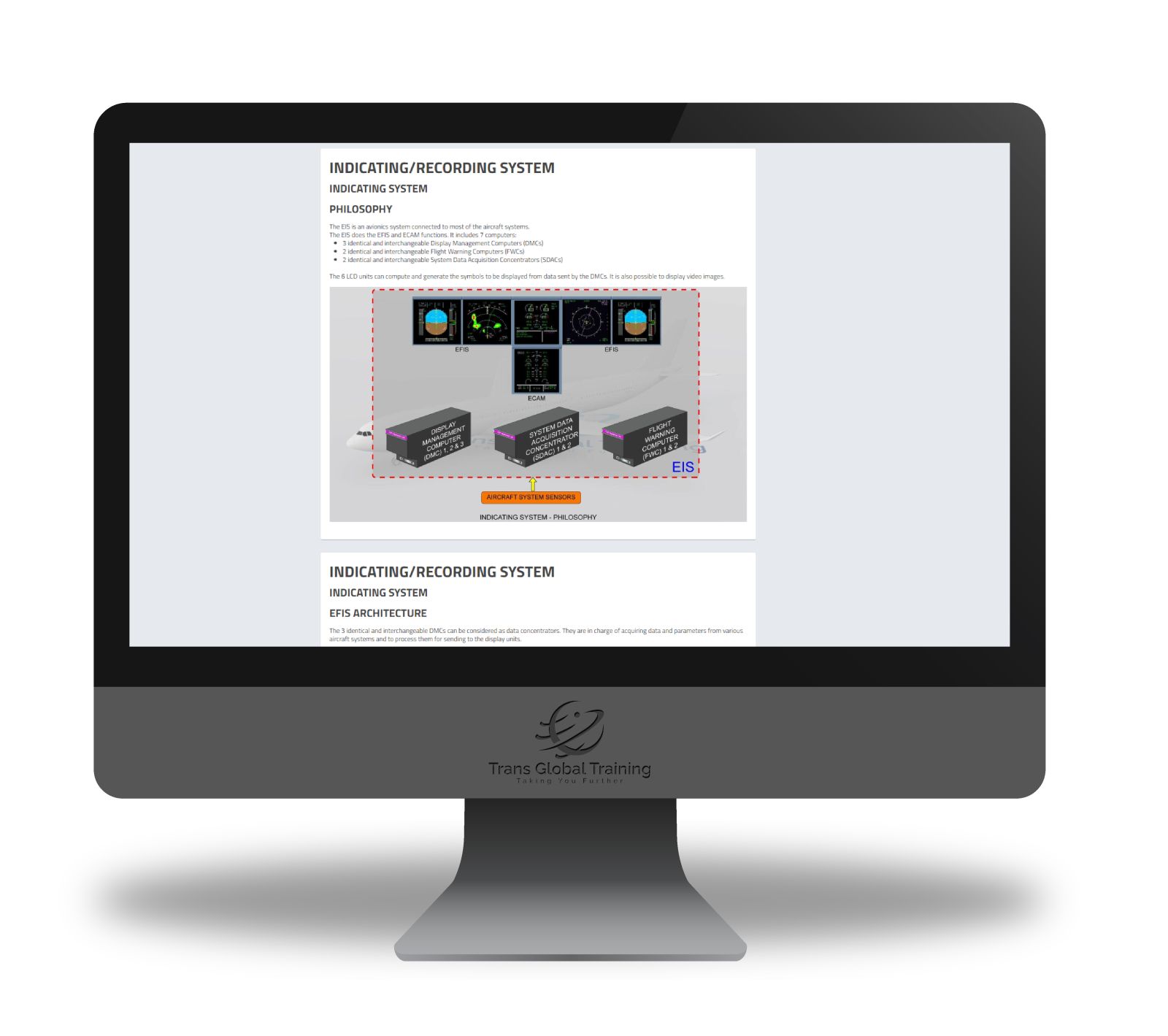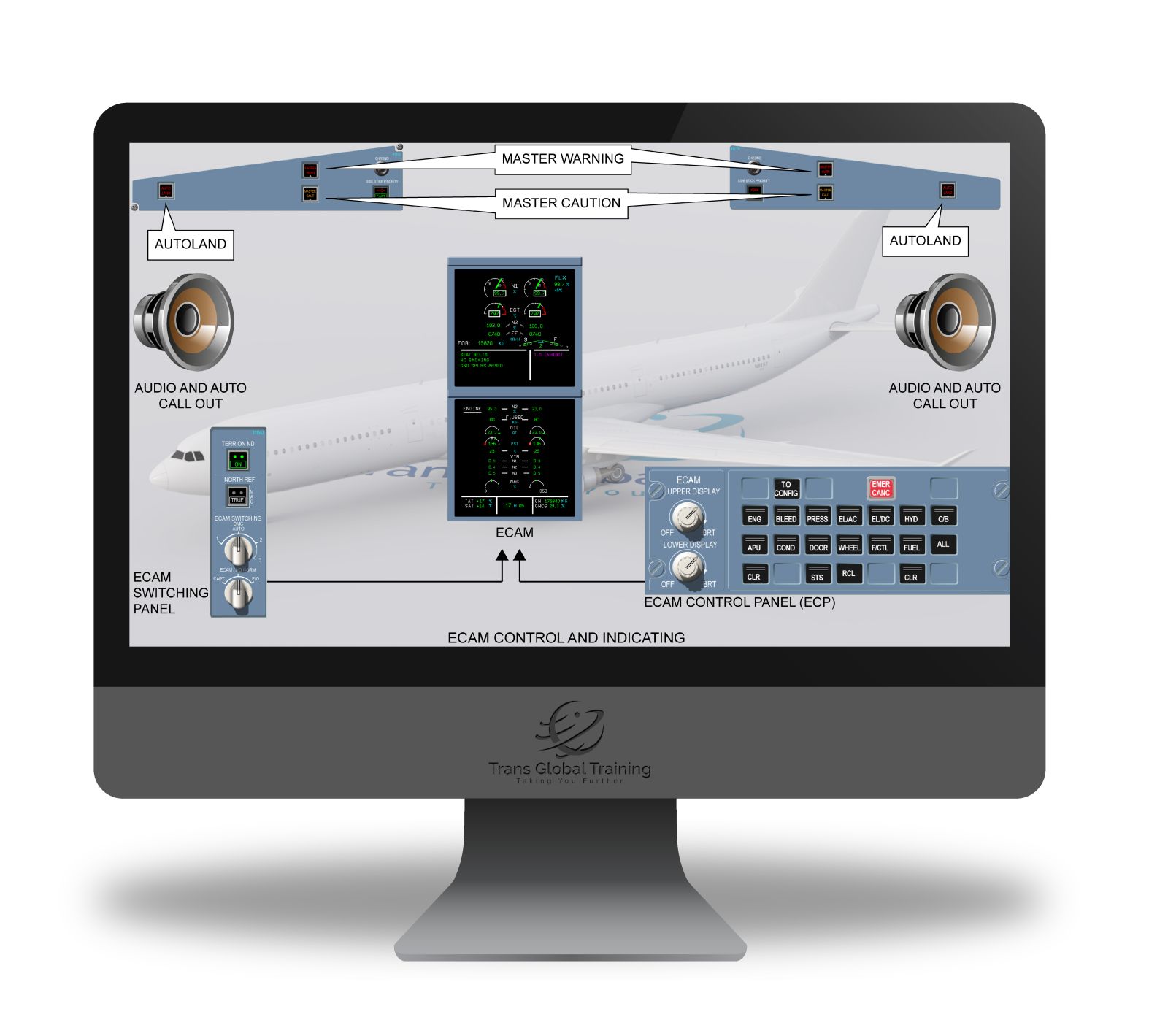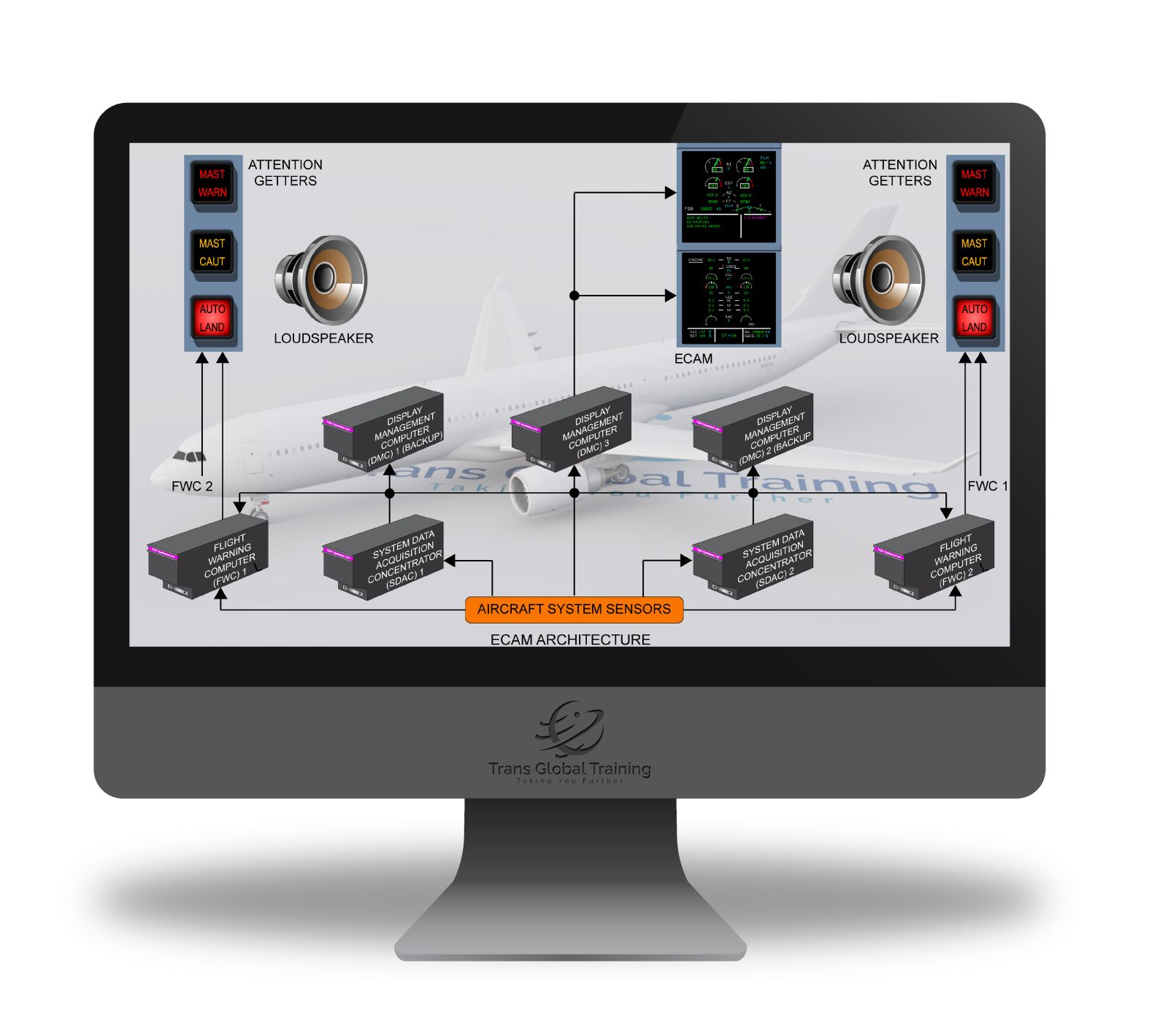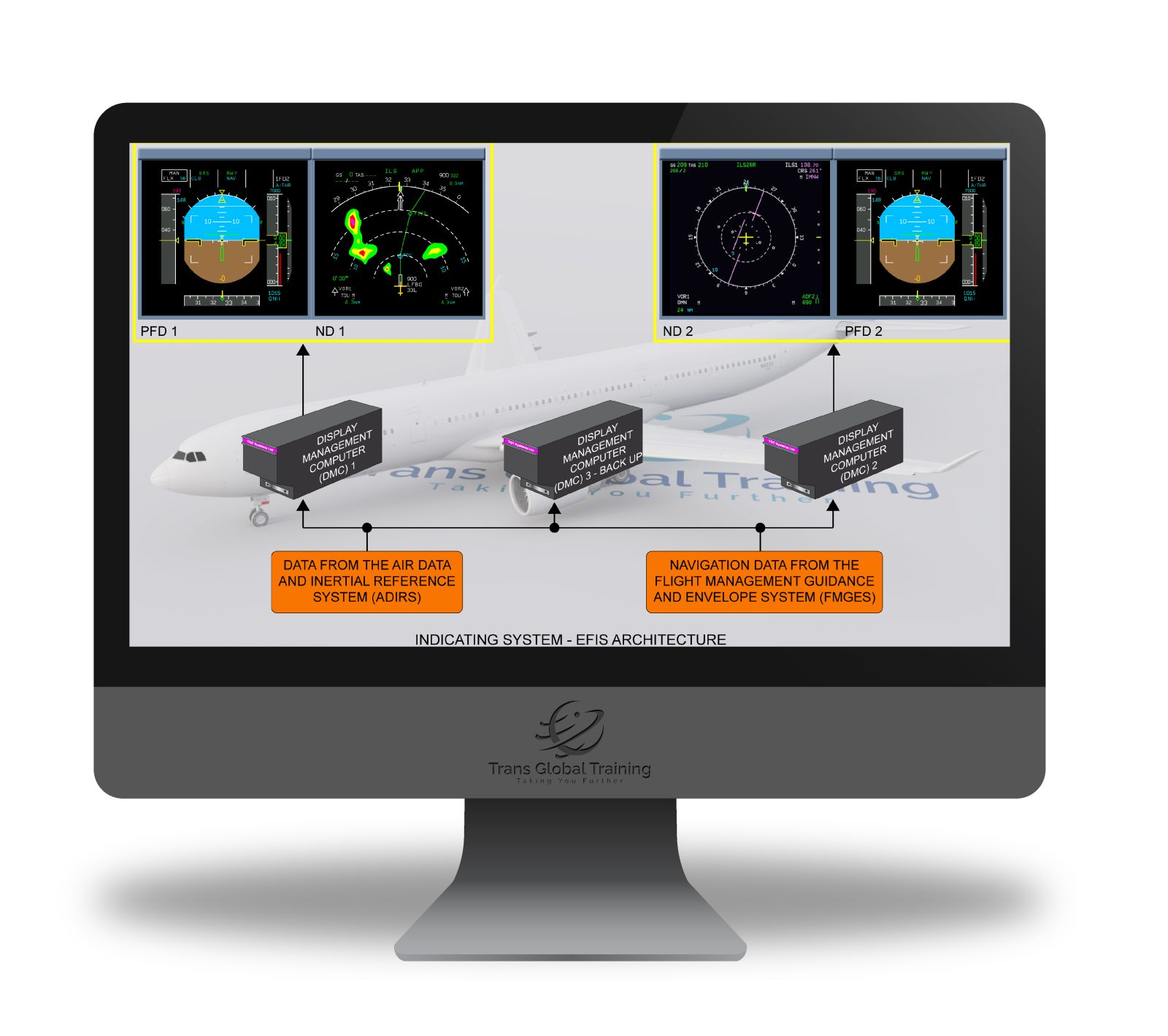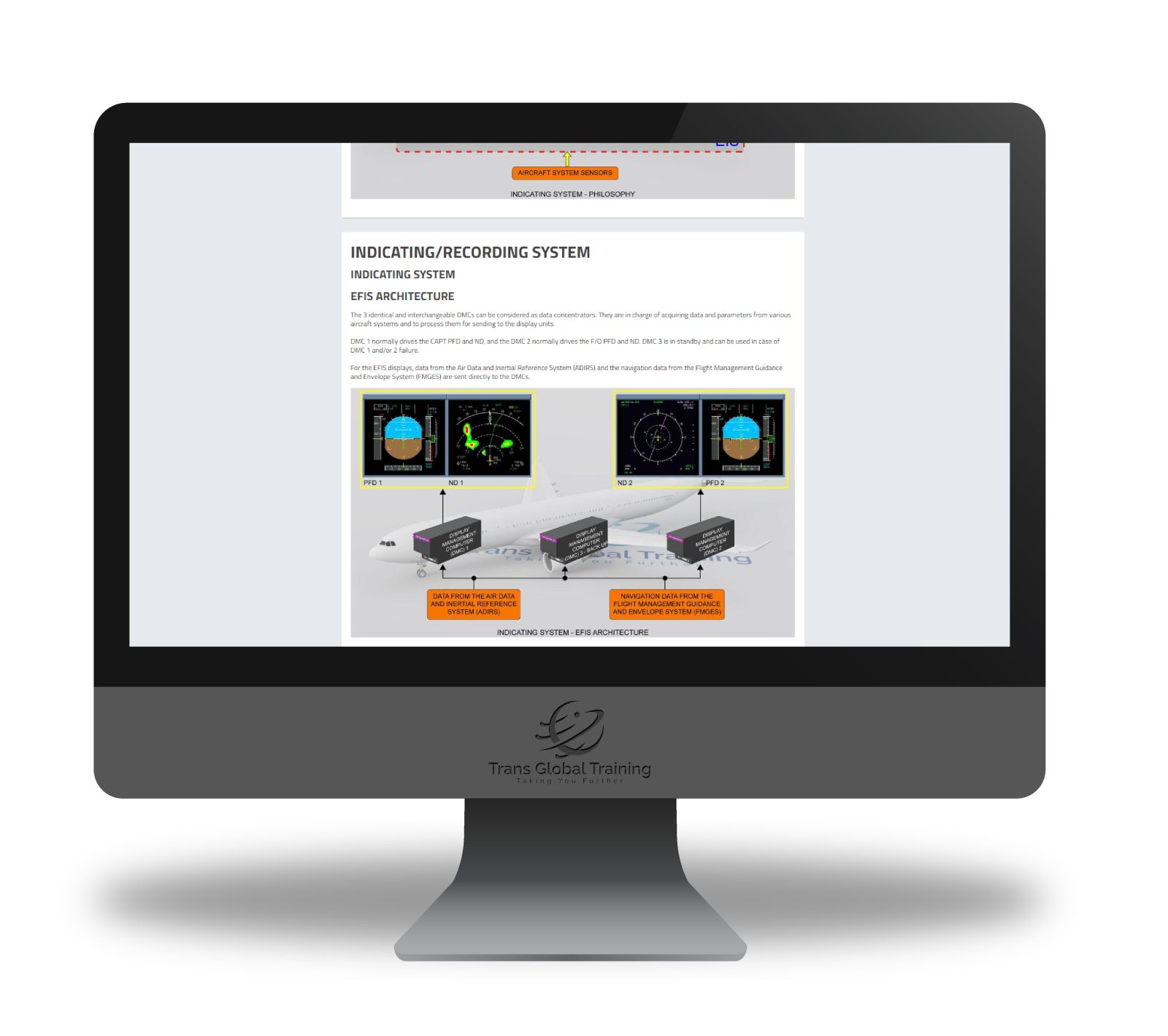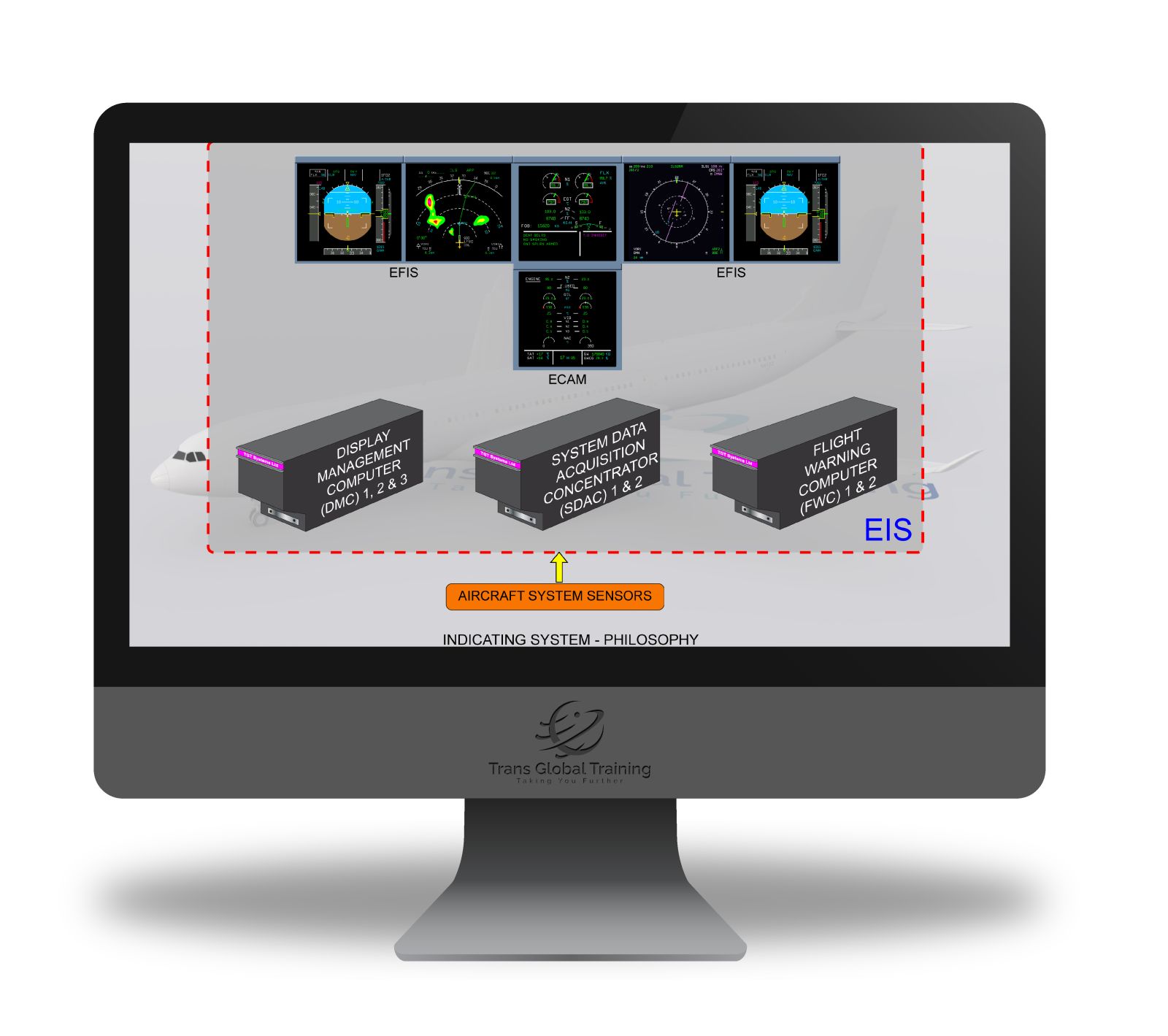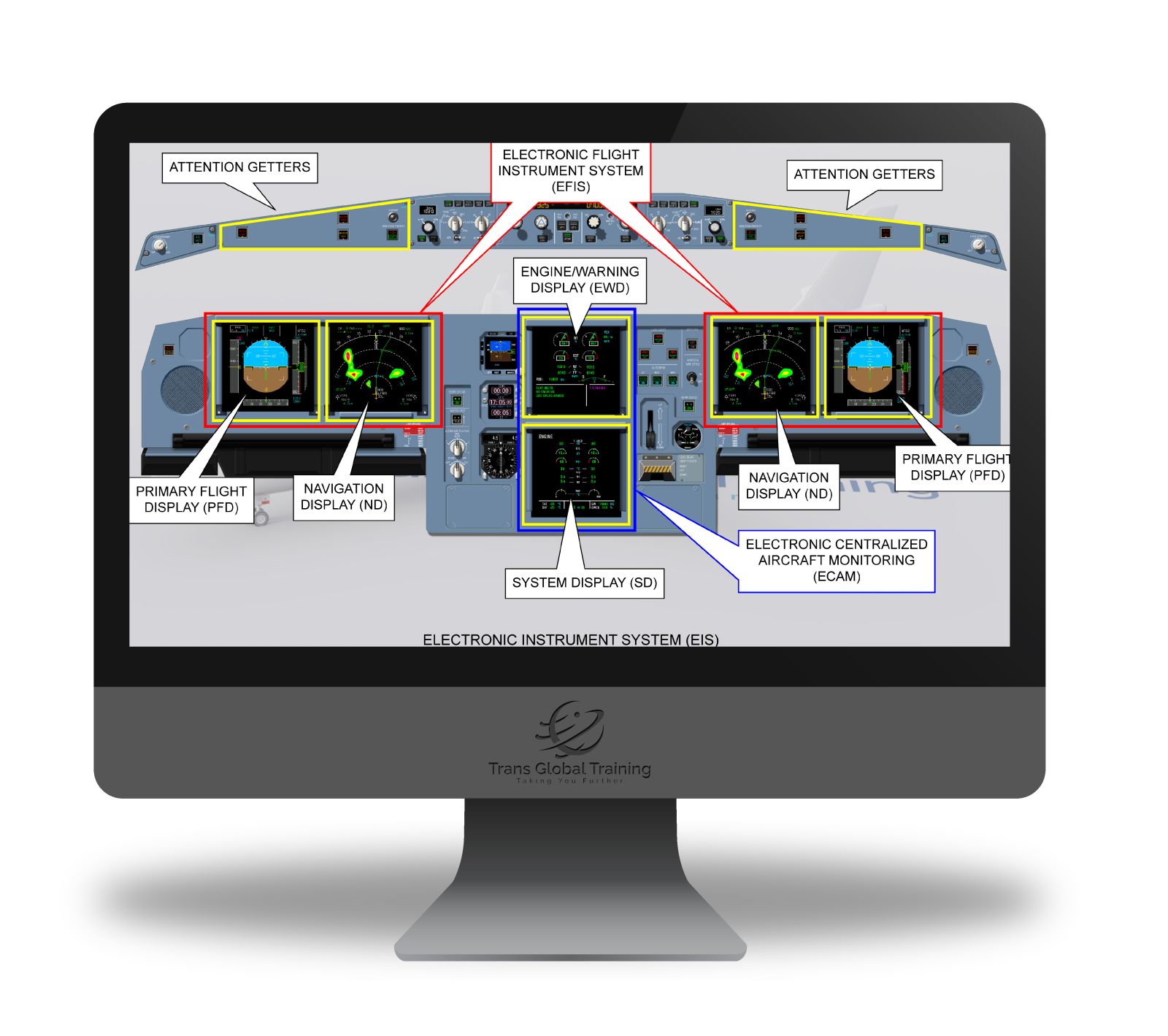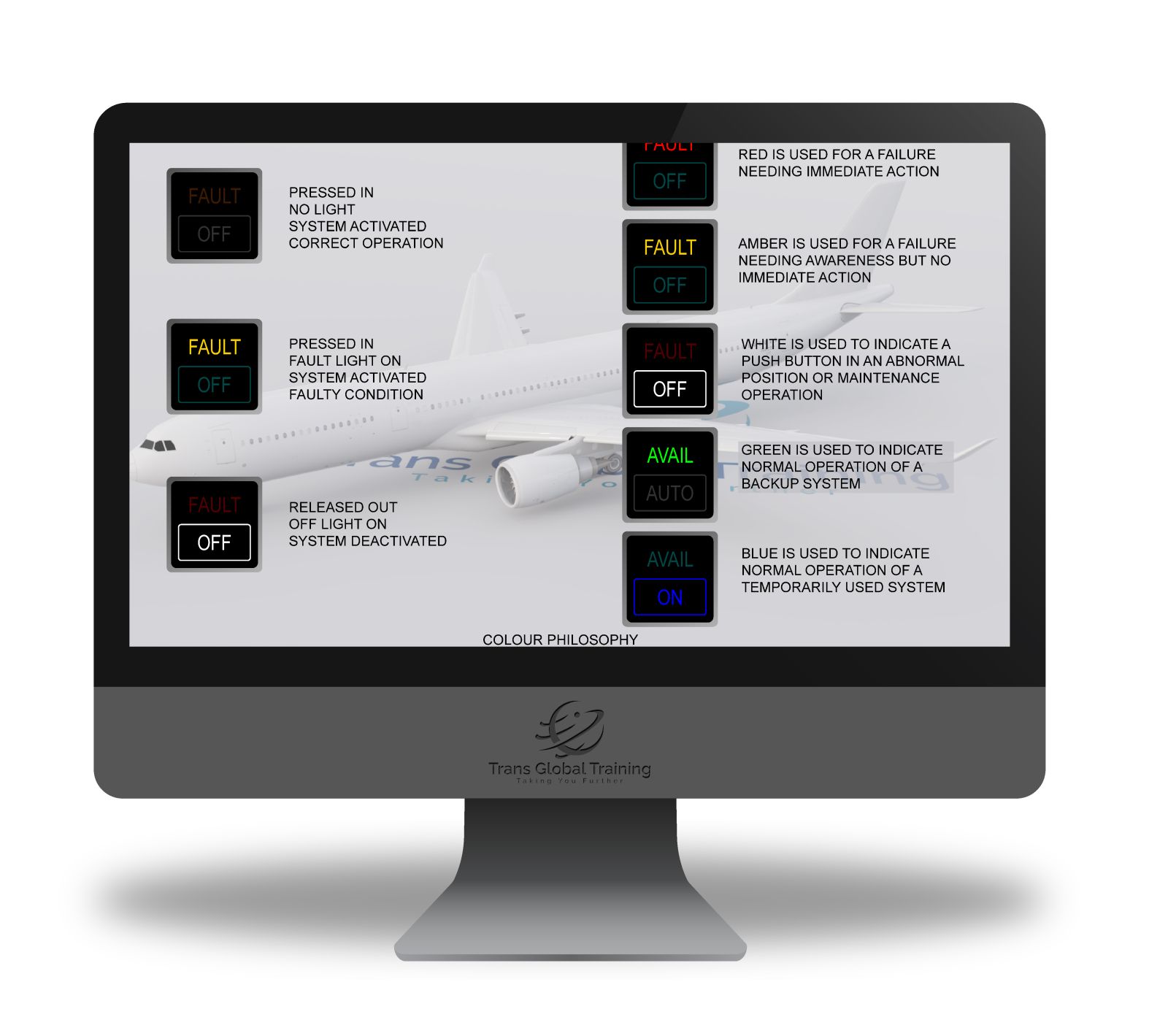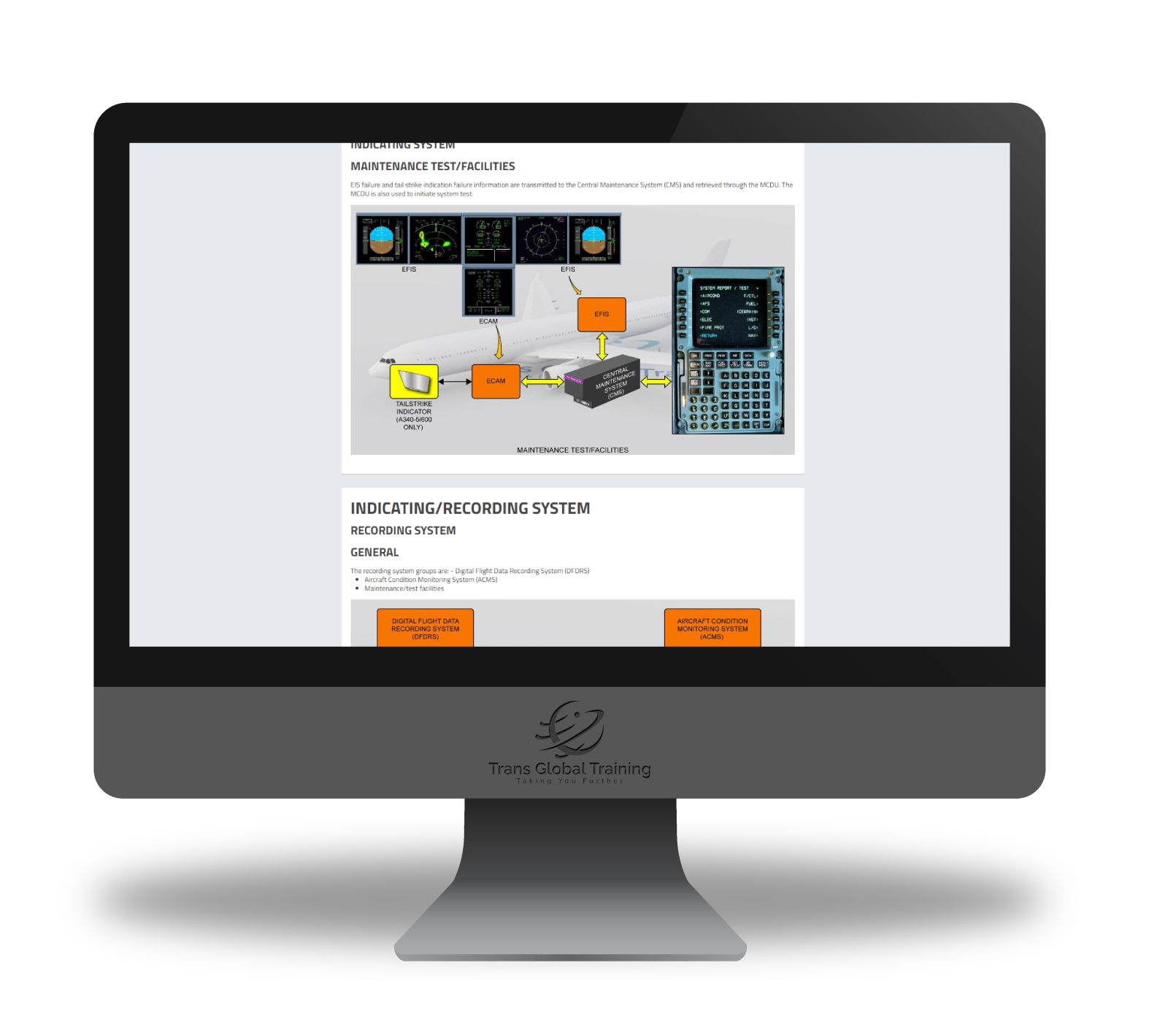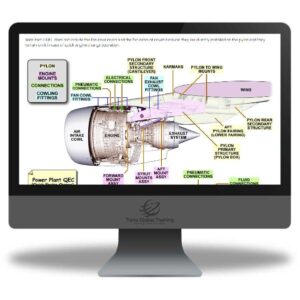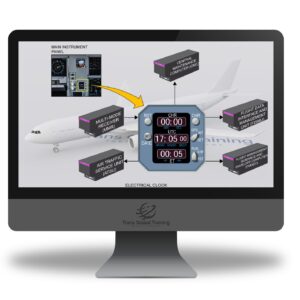
Shop
A330 CF6 Continuation Training
£375.00
Our Courses Scale Perfectly To Any Device
About Our Online Self-Study Course
The A330 CF6 Continuation Training course has been designed to give you a complete technical refresher of all aircraft systems and meets ATA 104 Specification Level 1 and EASA Part 66 Level 1 as a minimum. The A330 CF6 Continuation Training course covers all mechanical and avionics systems. We also include links to any relevant incidents, Airworthiness Directives and maintenance incidents. The final chapter covers new relevant aviation technology. This self–study online A330 CF6 Continuation Training course will take approximately 40 hours of study. Students must pass the multi-choice question at the end of each ATA chapter before the next ATA chapter is unlocked. A completion certificate is issued on successful completion of the course.
You have 12 months from enrollment to begin the course and after starting, 6 months to complete the course. You have a further 90 days to review the course after completion.
Click on the DESCRIPTION below for course syllabus and more details. Please click here to view our sample course.
When checking out, please ensure you use the student’s name. To enroll multiple students in the same course, please make separate transactions or contact us for team discounts.
Description
A330 CF6 CONTINUATION TRAINING COURSE
ABOUT
The A330 CF6 Continuation Training course meets a minimum of ATA 104 Specification Level I; A brief overview of the airframe, systems and powerplant as outlined in the Systems Description Section of the Aircraft Maintenance Manual.
The A330 CF6 Continuation Training coursee also complies with EASA’s knowledge LEVEL 1 definition as contained in Regulation EU No. 1321/2014, Part 66, Appendix III Basic Knowledge Requirements;
A familiarization with the principal elements of the subject, with the objective;
(a) The applicant should be familiar with the basic elements of the subject.
(b) The applicant should be able to give a simple description of the whole subject, using common words and examples.
(c) The applicant should be able to use typical terms
This self-study online A330 CF6 Continuation Training course will take approximately 40 hours of study. Students must pass a multi-choice question at the end of each ATA chapter before the following ATA chapter is unlocked. A completion certificate is issued on successful completion of the course.
Course objectives: upon completion of the course, the student will be able to identify safety precautions related to the airframe, it’s systems and powerplant.
Identify maintenance practices important to the airframe, it’s systems and powerplant
Define the general layout of the aircraft’s major systems.
Define the general layout and characteristics of the powerplant.
Identify special tooling and test equipment used with the aircraft.
SYSTEM REQUIREMENTS
Our courses scale perfectly to PC, Laptop, tablet, android and iPhone. You must have an internet connection to use our courses.
STUDY TIME
Course completion time varies with the individual; however, we estimate approximately 40 hours will be required. You have 6 months to complete the course and can stop and restart at the same position with your progress saved. Once completed you will have a further 90 days to review the course.
SUPPORT
Should you require any assistance during your course, please contact us and we will assist you during normal working hours.
WHY USE OUR REFRESHER & CONTINUATION COURSES?
Our online A330 CF6 Continuation Training course provides an excellent solution for training engineers or company support staff, giving the required in-depth aircraft type knowledge with the advantage of distance learning. Our courses are designed to provide a method for maintenance companies to comply with National Aviation Authority continuation training requirements such as EASA’s part 145.A.35 and the FAA’s Federal Reglation 145.163.
WHY BUY FROM US?
Our A330 CF6 Continuation Training course is designed and produced by EASA and UK CAA B1/B2 Engineers, Type instructors and Part 147 Training Managers. We ensure each course covers all relevant ATA chapters.
DETAILED COURSE SYLLABUS
ZONE AND STATIONS – Reference Axes, A/C Dimensions, Section and Station Numbers, Zone Presentation, Access Panels.
SERVICING – A/C Handling, Service Points, Service Arrangements, Jacking, Levelling and Weighing, Towing and Taxiing, Engine Dangerous Areas, Parking and Mooring, Ground Support Equipment and Tools.
ATA 31 INDICATING/RECORDING SYSTEM – Cockpit Panels, Overhead Panel, Glareshield, Main Instrument Panel, Pedestal Lights Out Philosophy, Colour Philosophy, EFIS Architecture, EIS, ECAM Architecture, EFIS Control and Indicating, ECAM Control and Indicating, Tail Strike Indicator, FDIMU, DFDRS, DFDRS Architecture, ACMS, ACMS Reports, Alpha and Label Call -Up, Control and Indicating, Maintenance/Test Facilities, Safety Precautions.
ATA 45 ONBOARD MAINTENANCE SYSTEM – CMS, Up & Down Loading System, Report Printing System, Control Through MCDU, Maintenance/Test Faculties.
ATA 24 ELECTRICAL POWER SYSTEM – AC Generation, DC Generation, APU Start Supply, Control & Indicating, Ground Service Network, Contactor Management And C/B Monitoring, Maintenance/Test Facilities.
ATA 34 NAVIGATION SYSTEM – ADIRS, Standby Instruments, Radio Navigation Control, MMR, Radio Altimeter, EGPWS, Weather Radar, ATC/TCAS, VOR/MKR/DME/ ADF, DDRMI, Radio Navigation Layout, Safety Precaution, Maintenance/Test Facilities.
ATA 22 AUTO FLIGHT SYSTEM – Flight Envelope, Flight Guidance, Flight Management, Panel Layout/Control and Indicating, Maintenance/Test Facilities.
ATA 23 COMMUNICATION SYSTEMS – Cockpit Communications, Cabin Communications, CIDS, IFES, PATS, Landscape Camera Option, SSCVR, CDSS, TACS (A340-600), Maintenance/Test Facilities.
ATA 46 INFORMATION SYSTEMS – ATIMS, Flysmart with Airbus (FSA), Airline Network Architecture (ALNA), Maintenance/Test Facilities.
ATA 33 LIGHTS SYSTEM – Cockpit Lights, Cabin Lights, Cargo and Service Compartments, Service Compartments Lighting, Exterior Lights, Emergency Lights.
ATA 29 HYDRAULIC POWER SYSTEM – System Introduction, Controls, Indicating, Hydraulic Areas, Maintenance/Test Facilities.
ATA 32 LANDING GEAR SYSTEM – Landing Gear, Landing Gear Extension and Retraction, Normal Braking, Alternate Braking, Parking/Ultimate Emergency Braking, Steering, Brake Temperature and Cooling, Tire Pressure Indicating System, Control and Indicating, Maintenance/Test Facilities.
ATA 27 FLIGHT CONTROLS SYSTEM – Introduction to Flight Controls, Flight Controls Architecture, Fly By Wire Principle, Computer Master/Servo Loop Configuration, Flight Control Laws, Actuation Reconfiguration Priority, Slat And Flap System, Controls, Indicating, Maintenance/Test Facilities, Dynamic Tests.
ATA 51 STRUCTURES – Structure Design Principles, Structure ATA Breakdown, Doors, Fuselage, Pylons – General Arrangement, Stabilisers, Windows, Wings Fixed Partition, Wings Movable Surfaces, Composite Applications.
ATA 52 DOORS SYSTEM – Passenger and Emergency Doors, Cargo Doors, Avionics Compartment Doors, Cockpit Door, Doors and Escape Slides Control System (DSCS), Control and Indicating, Maintenance/Test Facilities.
ATA 25 EQUIPMENT & FURNISHINGS – General, Cockpit, Passenger Compartment, Crew Rest Compartments, Cockpit Escape Facilities, Cabin Escape Facilities, Typical Emergency Equipment, Lower Deck Cargo Compartment, Galley Trolley Compartment Cooling System (Air Chiller Unit).
ATA 35 OXYGEN SYSTEM – Cockpit Crew Oxygen System, Cabin Oxygen System, Portable Oxygen System, Control and Indicating.
ATA 38 WATER AND WASTE SYSTEM – System Introduction, Potable Water System, Waste Water System, Vacuum Toilet System, Control and Indicating, Maintenance/Test Facilities.
ATA 28 FUEL SYSTEM (A330-200) – Storage, Tank Venting, Engine Feed, APU Feed System, Main and Trim Transfers, Jettison System, Refuel/Defuel, Control and Indicating, General Layout, Maintenance & Test Facilities.
ATA 28 FUEL SYSTEM (A330-300) – Storage, Tank Venting, Engine Feed.
ATA 28 FUEL SYSTEM – APU Feed System, Main and Trim Transfers, Refuel/ Defuel, Control and Indicating, General Layout, Maintenance/Test Facilities, Fuel Tank Safety.
ATA 26 FIRE PROTECTION SYSTEM – Engine Fire Protection, APU Fire Protection, Avionics Compartment Smoke Detection, Cargo Compartments Smoke Protection, Cabin and Lavatories Fire Protection, Auxiliary Areas Smoke Detection.
ATA 49 APU SYSTEM – General, Installation, Engine, Control and Indicating, APU Layout, Maintenance/Test Facilities.
ATA 71 POWERPLANT – Powerplant Introduction, Powerplant Installation, Modular Concept, FADEC, Engine Interface and Vibration Monitoring Unit (EIVMU), Engine Fuel System, Oil System, Cooling and Sealing System, Compressor Airflow Control System, Ignition and Starting System, Thrust Reverser System, Control and Indicating, Maintenance/Test Facilities, Lubricants and Fuels, Storage and Preservation.
ATA 36 PNEUMATIC SYSTEM – General, Sources and Users, Leak Detection, Control and Indicating, Maintenance/Test Facilities.
ATA 21 AIR CONDITIONING SYSTEM – General, Temperature Control and Re-Circulation, Air Distribution and Ventilation, Pressurization, FWD Cargo Compt Ventilation System and Optional Temperature Control System, Aft Cargo Compt Ventilation System, Bulk Cargo Compartment Ventilation and Optional Heating System, Crew Rest Compartment, Control and Indicating, Maintenance/Test Facilities.
ATA 47 FUEL TANK INERTING SYSTEM – General, Fuel Tank Inerting System Functions, Fuel Tank Inerting System General View, Maintenance/Test Facilities.
ATA 30 ICE & RAIN PROTECTION SYSTEM – General, Wing Ice Protection, Engine Air Intake Ice Protection, Probe Ice Protection, Windshield Anti-Icing, Rain Protection, Potable and Waste Water Ice Protection, Escape Slide Locking Mechanism Ice Protection, Ice Detection, Maintenance/Test Facilitates.
